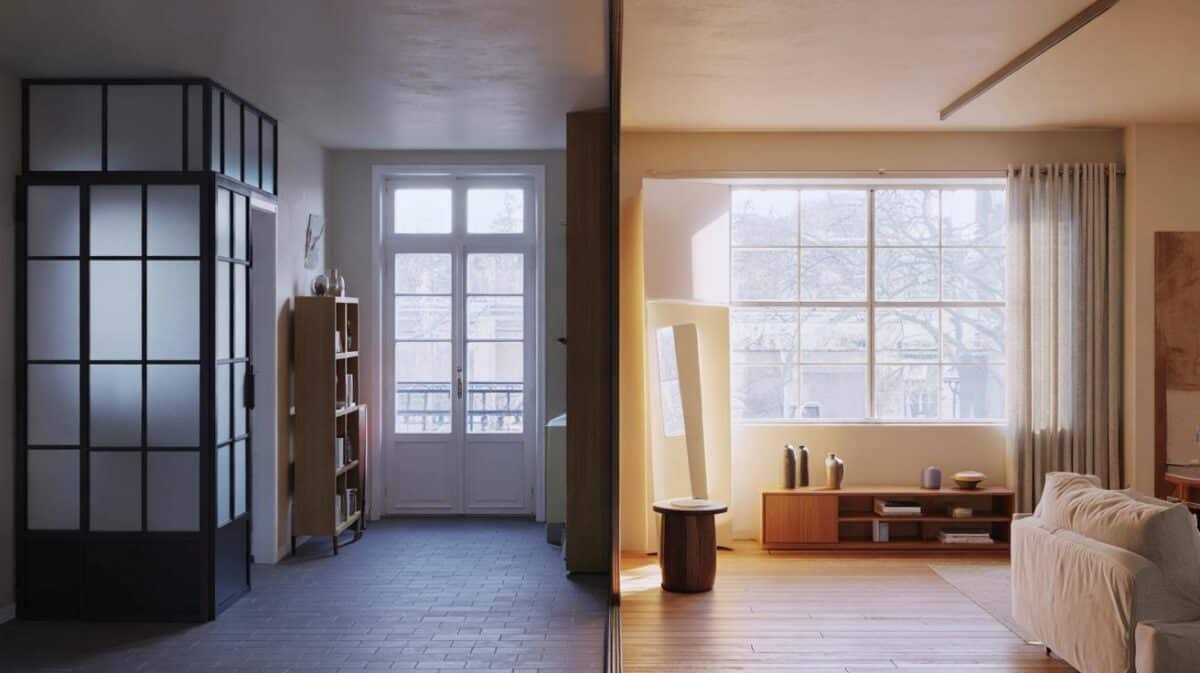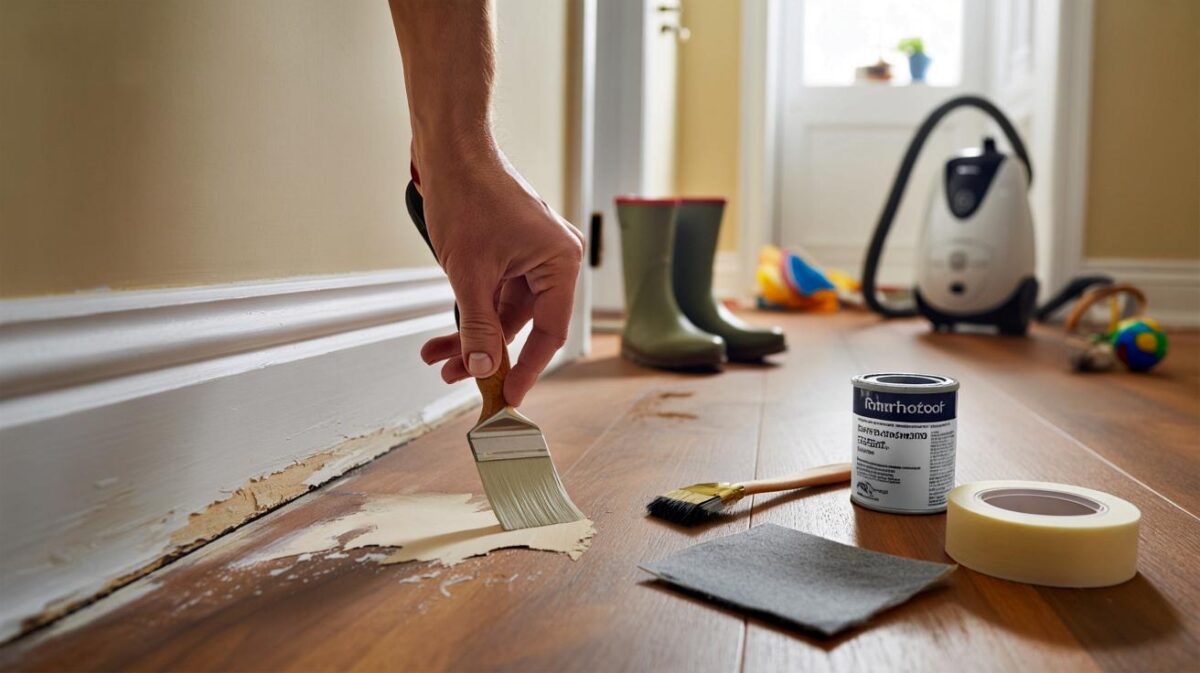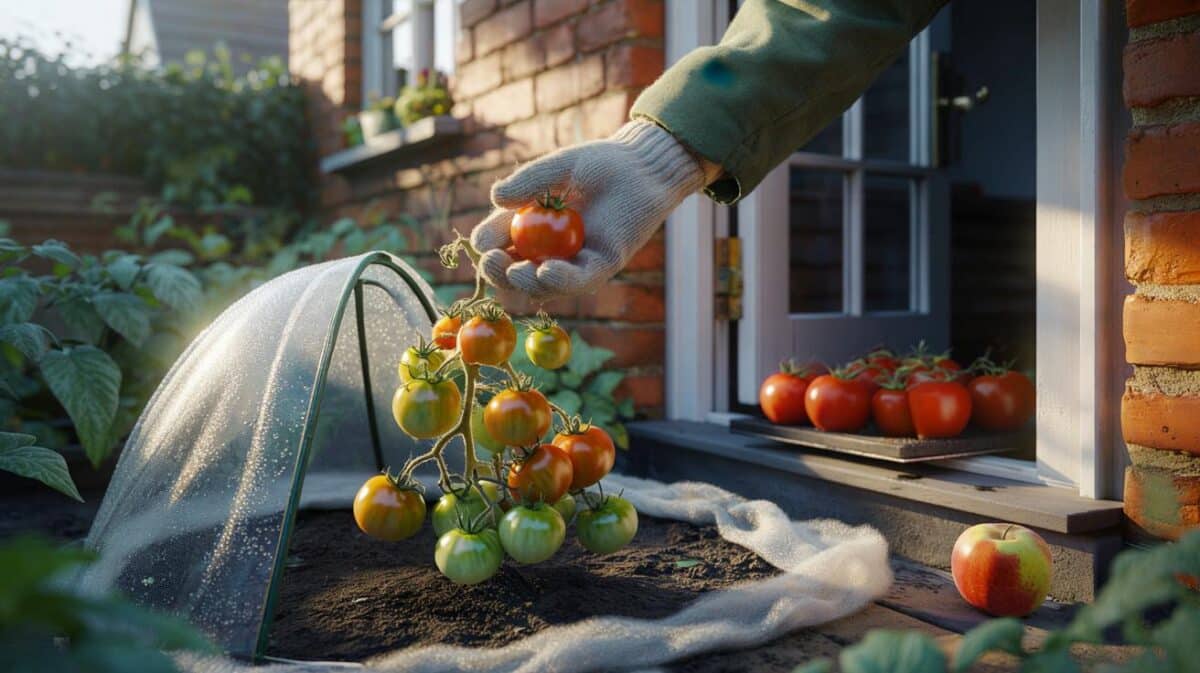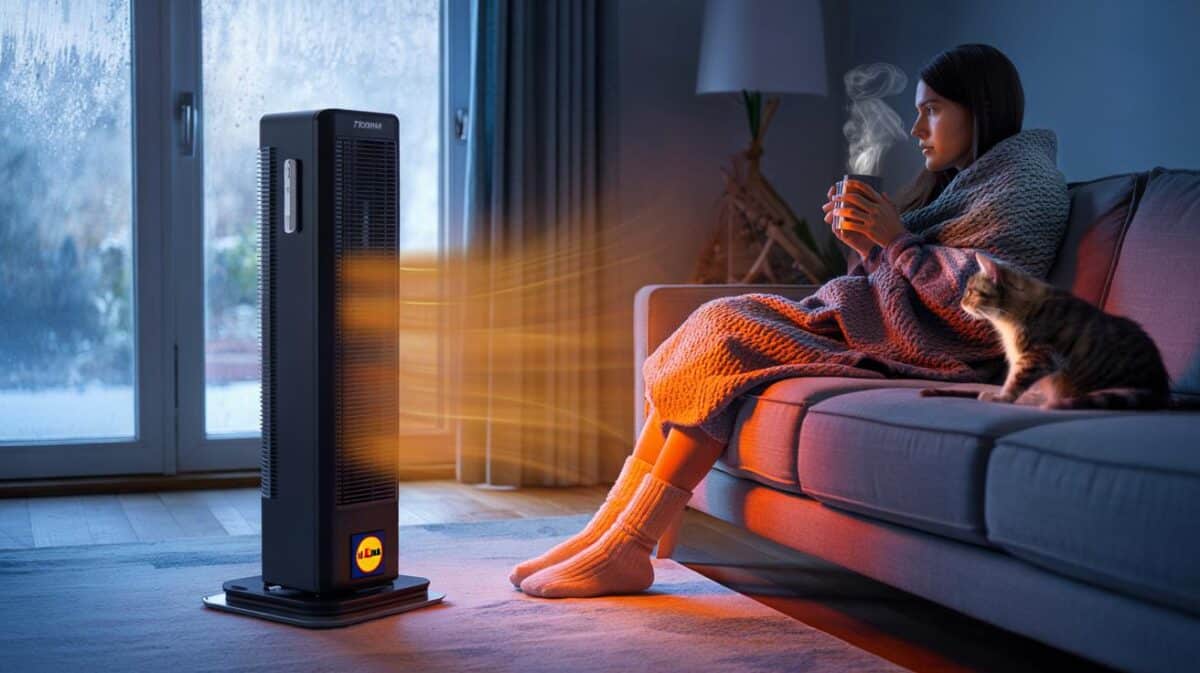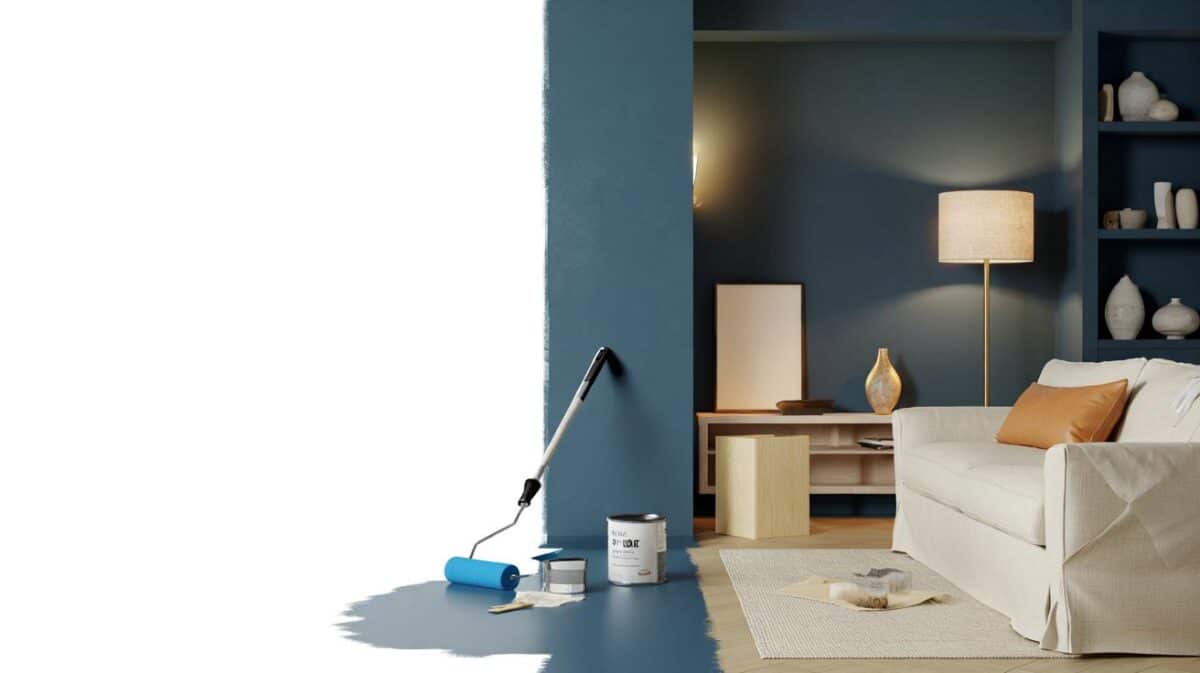A growing cohort in France and the UK is carving out ten barefoot minutes a day. They are chasing calmer minds, steadier sleep and stronger feet, while sidestepping the cost and clutter of wellness kits. The practice has a name in wellness circles—grounding—but its recent boom looks more practical than mystical.
Why people are ditching shoes for ten minutes
The routine is simple. Shoes off. Ground underfoot. Timer set for 10 minutes. People do it on grass, on a patio, on a wooden floor if the weather bites. It costs £0, needs no downloads, and fits between a morning brew and the school run. In a jittery season, that’s a tempting trade.
Some followers frame it as “earthing”, the idea that direct contact with soil or stone may balance the body’s electrical charge. Others ignore the theory and focus on what they can feel. Cold dew tightens attention. Uneven textures wake dormant muscles. Breath steadies as the nervous system stops scanning for the next alert.
Ten minutes, once or twice a day, on safe ground: keep it simple, repeat it, and let your body keep the score.
The science and the scepticism
There are two overlapping stories here. One is mechanical. Bare soles stimulate thousands of pressure receptors. That feeds the brain with richer sensory data, which can improve balance and posture. Studies on barefoot training show stronger intrinsic foot muscles and a more stable gait after regular practice.
The other story is physiological. Small studies report changes in sleep, pain scores and stress markers when people spend time connected to the ground. Evidence remains limited and mixed. The most cautious reading is this: the sensory calm, combined with a regular wind-down, likely helps many people relax. The “electrons from the earth” hypothesis is still debated.
What ten minutes actually does
- Switches focus: cool or textured ground draws attention out of rumination and into the body.
- Primes balance: varied surfaces challenge stabilising muscles and sharpen joint position sense.
- Eases tension: slow, nasal breathing often follows the downshift in arousal, which can ease neck and jaw tightness.
- Builds foot strength: toes splay, arches load, and small muscles do work that shoes often steal.
- Sets a sleep cue: a fixed pre‑bed ritual forms a consistent signal to the brain that rest is due.
Consistency beats distance: ten steady minutes daily outruns an hour once a fortnight.
How to start today for £0
Pick a safe patch. Grass, clean decking, a wooden floor or a rubber mat outdoors all work. Avoid areas with glass, thorns or pet waste. If it’s icy, shorten the session and warm your feet afterwards.
A three‑step micro‑routine
- Set time: 10 minutes in the morning or 10 minutes before bed. Hold the same slot for a week.
- Set posture: soft knees, long spine, toes relaxed. Let the weight drift between heel and forefoot.
- Set attention: breathe in for 4, out for 6. Notice the texture under each toe. Count ten slow cycles.
| Surface | What you may feel | Watch‑outs | Best time |
|---|---|---|---|
| Grass or soil | Cool, slightly uneven, calming | Hidden thorns, wet mud | Morning when dew is light |
| Wooden floor/deck | Warmth, gentle grip | Splinters on old boards | Any time |
| Sand | Deep foot work, ankle play | Overstrain if arches are weak | Evening stroll |
| Stone/flag | Firm feedback, crisp focus | Cold shock in winter | Sunny midday |
Safety first: who should take care
Open wounds, recent foot surgery or active skin infections are a red light; wait until healed. People with reduced foot sensation, such as some with diabetes or neuropathy, should seek medical guidance and consider protective footwear. Raynaud’s sufferers can try very short bouts in warmer parts of the day.
In cold spells, cap exposure at 2–3 minutes and re‑warm with socks and movement. Keep tetanus vaccination up to date if you use gardens or parks. Wash and dry feet after outdoor sessions to lower the risk of skin irritation or fungal issues.
Urban hygiene and common sense
- Scan the ground first; a 10‑second look prevents a 10‑day limp.
- Carry foldable sandals for the walk to your chosen patch.
- Wipe soles afterwards; a damp cloth or quick rinse is enough.
Measuring whether it helps
Turn the feel‑good into data. Use a notebook or phone to track changes. This keeps you honest and shows whether the habit earns its keep.
- Mood: rate calm 1–10 before and after each session.
- Sleep: log bedtime, wake time and night wakings for two weeks.
- Balance: once a week, test single‑leg stance eyes closed; count seconds.
- Tension: note jaw tightness, headache frequency or back stiffness on a simple scale.
- Steps: if you wear a watch, mark resting heart rate trends across the fortnight.
If the numbers don’t move after 14 days, adjust time of day, surface or breathing pace.
What a fortnight could look like
Week one: five morning minutes on wood, five evening minutes on grass. Keep breathing at 4‑in, 6‑out. Week two: switch one session to stone for sharper feedback, and add toe spread drills right afterwards. If your arches ache, shorten by two minutes and add a day’s rest between stone sessions.
Beyond bare feet: smart add‑ons that boost the effect
Short mobility snacks amplify progress. Try 10 calf raises, 10 slow heel‑to‑toe rocks and 30 seconds of big‑toe presses after your barefoot slot. These build spring in the ankle and ease plantar tension. Toe spacers can help some people re‑learn toe splay, but they’re optional.
Mindful walking is a natural extension. Take 100 barefoot steps, placing the foot quietly and rolling through the big toe. Keep the breath slow. This turns static standing into active practice without adding complexity.
The earthing kit question
Commercial mats promise a shortcut indoors. The claims run ahead of the evidence. If you enjoy the ritual and want an indoor option, a plain cork or rubber mat under bare feet often delivers the sensory and postural gains at a fraction of the cost, even if it lacks the “grounded” circuitry.
Seasonal tweaks that keep the habit alive
- Autumn: use leaf‑covered lawns for soft variety; dry feet well.
- Winter: stack shorter bouts, warm up first, finish with thick socks.
- Spring: add gentle barefoot walks on firm paths to train balance.
- Summer: rotate surfaces to avoid overdoing sand or hot stone.
Who benefits most and why
Desk workers get a fast antidote to foot stiffness and screen fatigue. Runners gain stronger toe control and better arch recoil. Light sleepers find a wind‑down that is simple, repeatable and anchored to the body rather than a device.
Parents often rope in children, turning it into a game of textures. Older adults can start seated, pressing toes and heels into a mat before standing. The shared rule remains the same: pain is a stop sign, not a challenge.
£0, 10 minutes, safe ground, steady breath: a modest routine that many bodies recognise as a relief.
If you want to stretch the concept, think of it as a daily calibration. You test balance, scan tension, and reset breathing without tech. You can pair it with a cup of tea at dawn or a low‑light check‑in before bed. Over weeks, note which surface, slot and breath count give you the best return, and keep the winning combination in rotation.
Risks remain real if care drops. Cold can numb judgement. Hidden debris can cut. Overuse on hard stone can flare plantar fascia. The low‑drama fix is variety. Mix surfaces, keep sessions short at first, and let comfort lead. The promise is modest but appealing: a few quiet minutes, stronger feet, steadier nerves, and a routine you can take anywhere.

